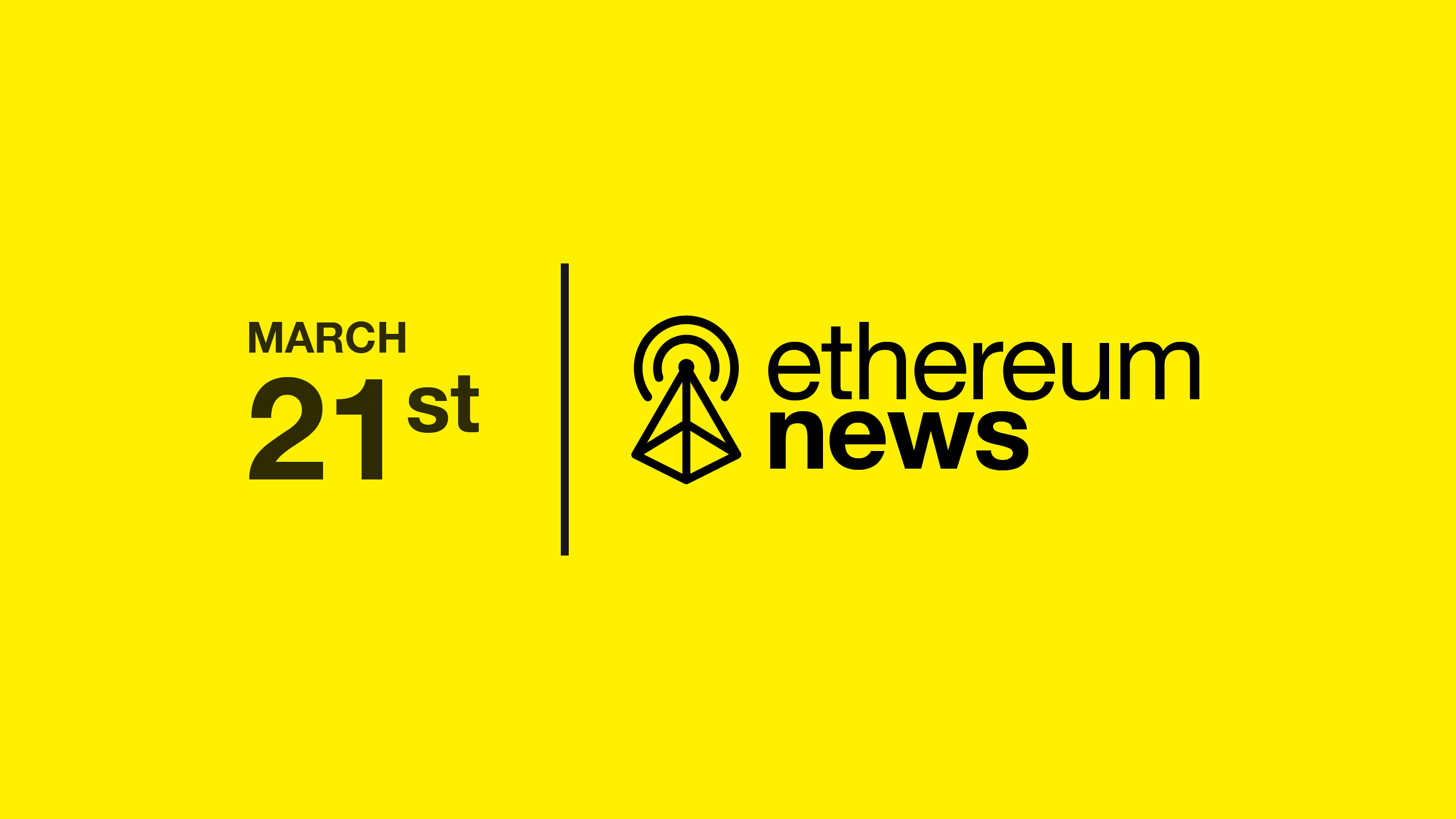EIP-7251 Max EB Added To Electra Upgrade
Max EB allows validators to hold an effective balance between 32 ETH and 2,048 ETH.

Quick Take
- Max Effective Balance added to Electra.
- Patched Ethereum security vulnerability disclosed.
- Frax Finance releases a fee switch proposal.
- Espresso Systems raises a $28 million Series B.
Listen on: Apple | Castbox | Spotify | YouTube | Lens
EIP-7251 Max EB Added To Electra Upgrade
Ethereum core developers agreed to include Increase Max Effective Balance EIP-7251 in the Electra upgrade. Also called Max EB, the update allows validators to hold an effective balance between 32 and 2,048 ETH. Currently, any validator balance above 32 ETH is not actively staked and does not earn attestation and validation rewards. With the increase, validators will now earn consensus layer rewards for balances over 32 ETH. Any balance above 32 ETH will be subject to slashing. The update also reduces the operational overhead for large stakers by minimizing the number of validators required. Core developers also considered Inclusion Lists EIP-7547 for inclusion in the Pectra upgrade.
Ethereum Patched Vulnerability Disclosure
Ethereum core developers disclosed a security vulnerability that existed on Ethereum mainnet from the Merge until the recent Dencun hard fork. The bug could have been exploited to execute a denial-of-service attack. It emerged due to differing message size limits for RPC communications that were established after the Merge. The vulnerability allowed the creation of blocks exceeding RPC size limits for some clients while remaining valid for others, disrupting consensus. It could cause a chain split leading to potential reward losses for block proposers. Developers addressed the bug by standardizing and increasing the RPC message size limitations for all clients.
Frax Finance Fee Switch Proposal
Frax Finance founder Sam Kazemian introduced a proposal under the Frax Singularity Roadmap that unveils a new tokenomics model, focusing on activating a protocol fee switch to enhance value distribution to veFXS holders. The model entails enabling the fee switch, which directs 50% of the generated yield back to veFXS holders—the token granted for locking the native FXS token. The remaining 50% will be allocated to purchase Frax assets for pairing in the FXS Liquidity Engine (FLE). The proposal comes after the protocol achieved a 100% Collateral Ratio (CR). The roadmap also includes the Flox Blockspace Incentives, designed to incentivize user and developer engagement with the Fraxtal Layer 2 network.
Espresso Systems Raises $28m Series B
Espresso Systems, a shared sequencing infrastructure provider, raised a $28 million Series B funding round led by a16z Crypto. Espresso Systems targets the issue of liquidity fragmentation within the multi-rollup ecosystem. The Espresso Sequencer is designed to facilitate atomic transactions across rollups. Espresso Systems plans to allocate the new funds towards expanding its team and launching the Espresso Sequencer to mainnet.
Other News
- Coinbase partners with BlackRock
- Hyperlane introduces Yield Routes
- Polygon introduces a dapp launchpad
- Euler launches a $1.25m audit competition
- Kwenta hits $55m volume on Base
- Delv releases hyperdrive docs
Subscribe
🔗 Website | 🎙️ Podcast | 🎥 YouTube | 🐦 X | 🌿 Lens | 🟪 Farcaster

